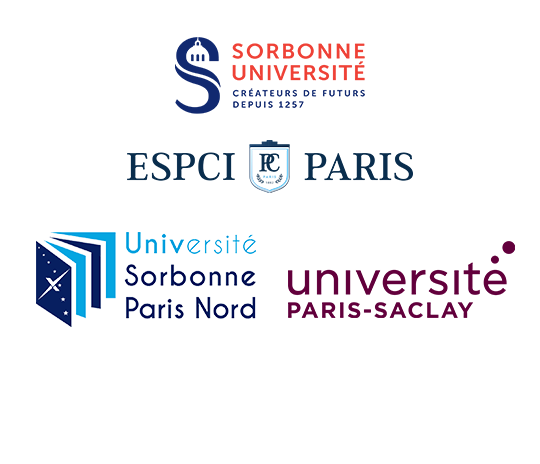Ce sujet est proposé par Irène VENTRILLARD and Daniele ROMANINI
*Scientific context*: Laser spectroscopy appears to be a very promising technique for exhaled breath analysis. Real-time, noninvasive measurements can be conducted with very high sensitivity and good selectivity of the species to be quantified. Nitric oxide (NO) is one of the precursor molecules in breath analysis, signaling airway and pulmonary disease, and oxidative stress in general. Its concentration in breath is only a few parts per billion (ppb). Up until now there are no commercially available instruments with the required sensitivity and a response time faster than a single respiratory cycle (about 1s). In the framework of the recently funded ANR project (Breath-Diag 2015-2018), the LAME group of the LIPhy is developing an optical spectrometer to respond to this strong need in the medical community. Focusing to the context of lung transplantation, the final goal of this project is the validation of NO has a tracer of the quality of lung grafts.
*Laser spectroscopy technique*: The LAME group of the LIPhy is well known in France and abroad for being at the fore front in the development of ultrasensitive spectroscopic techniques for selective and quantitative measurements of molecules present in a gas at very low concentration (trace detection). By the coupling of a laser to a high finesse optical cavity, the effective absorption length is enhanced up to dozens of kilometers while the actual cavity length is less than one meter allowing for a compact set-up for in-situ measurements. The group has developed an original technique called Optical Feedback-Cavity Enhanced Absorption Spectroscopy (OF-CEAS) that relies on the sensitivity of a semi-conductor laser to optical feedback (J. Morville, S. Kassi, M. Chenevier, and D. Romanini, Appl. Phys. B 80, 1027 (2005)). OF-CEAS, enabling the design of a compact instrument with very high detection sensitivity and very high molecule specificity, and a very small gas sampling volume. Additional advantages are that the method does not require routine calibration with certified gas mixtures and that the resulting robust instruments can be operated by non-specialists in a medical environment.
*NO spectrometer in the near infrared region (NIR)*: Nitric oxide is an important signaling molecule to monitor the inflammatory status in respiratory disorders and a promising biomarker for pulmonary inflammation. Unfortunately, traditional OF-CEAS instruments operate in the near infrared region (1.2-2.5µm) using Distributed Feedback Diode (DFB) lasers where NO absorption is too weak for its detection in exhaled air. LIPhy already demonstrated that the required sensitivity (< 1ppbv) could be reached by detection in the mid-infrared using a quantum cascade laser (QCL) at 5.3 µm. (P. Gorrotxategi-Carbajo, E. Fasci, I. Ventrillard, M. Carras, G. Maisons, and D. Romanini, Appl. Phys. B 110, 309 (2013))
*PhD objective*: The PhD student will be in charge of the development and laboratory tests of medical prototype for the detection of NO. Additionally, he will perform fundamental studies concerning effects associated with the combination of OF-CEAS with lasers in the mid infrared region. The final goal of this PhD is to make the first OF-CEAS measurements on animal lungs, monitoring endogenous NO production in an Ex-Vivo Lung Perfusion (EVLP) device according to the protocol we have already established for CO detection. (M. Maignan, R. Briot, D. Romanini, S. Gennai, F. Hazane-Puch, A. Brouta, G. Debaty, and I. Ventrillard, J. Biomed. Opt. 19, 047001 (2014))
*Expected skills*: The candidate will have knowledge of optics, lasers and spectroscopy and an interest in instrumental developments and medical applications. Knowledge in Labview software will be appreciated.
*PhD grant*: this work is funded by the Breath-Diag ANR project.
*Supervisors *: Irène VENTRILLARD and Daniele ROMANINI,
+33 4 76 51 44 71
[email protected]
[email protected]
http://www-liphy.ujf-grenoble.fr/-LAME

